Audio Version: Press Play to Listen
As cardiology departments face increasing pressure from all sides, can AI provide some much-needed breathing space?
While it seems we are increasingly willing to turn to algorithms to help improve our chances of finding a healthy relationship, can AI also help improve the health of our aching hearts?
This February, people all over the world are observing Heart Month 2024 – an entire month dedicated to raising awareness about heart health, an issue that’s as important today as it has ever been. Cardiovascular disease (CVD) is still the leading cause of death globally, and the number of people living with it across the world has been steadily rising over the years.
This is contributing to an increasing burden being placed on cardiology departments. A recent survey by the American College of Cardiology found that a quarter of US cardiologists were burned out, while half reported to be working “under stress.” In addition to increasing workload and a range of other challenges, physicians reported spending more time doing administrative tasks than with patients as a source of dissatisfaction.
Stress and burnout are even more significant factors when it comes to cardiac radiology, with more than half of radiologists reporting the effects of burnout in 2022. This isn’t helped by a global shortage in radiologists coupled with an increase in demand for cardiac imaging.
Larger and larger volumes of imaging data are being produced, which can help improve diagnosis and patient outcomes, but also add to the ever-increasing workload of cardiologists, as well as cardiac radiologists and technologists. Indeed, the increasing use of imaging has been identified as a key driver in the increasing cost of healthcare, with surplus imaging adding as much as $250 billion a year, leading to calls for more efficient use of imaging in clinical practice.
Cardiology looks to AI
Wherever there is a need for better efficiency in healthcare, you can be sure that an AI company somewhere is working on a solution for it. From a purely financial perspective, it is suggested that the potential impact of current AI technologies could help reduce US healthcare spending by 5-10%, equating to hundreds of billions of dollars annually. And, with increasing focus being placed on deaths associated with “diagnostic error”, there is also a role that AI can play in helping mitigate the occurrence of misdiagnosis.
Despite the rapid growth of AI in healthcare, particularly in radiology, the development and adoption of AI imaging tools in cardiology has been slower than in other areas. Key factors include the difficult tasks of analyzing imaging and diagnosing heart conditions.
However, times are changing and, while cardiac imaging AI is still a relatively new field, it is growing fast, and new, state-of-the-art cardiology applications are now becoming available. Let’s look at some of the AI advances being made in the three most common cardiac imaging modalities today: echocardiography (ultrasound), computed tomography (CT) and magnetic resonance (MR) imaging.
Hearty progress in ultrasound AI
Echocardiograms are a commonly used test that uses sound waves to identify abnormalities in the heart's structure and function. But, as the technique is user-dependent, sonographers can face challenges when it comes to reproducing scans that show similar views of the heart. As a result, echocardiography is considered the least reproducible modality for imaging the heart.
Recent developments in AI are now seeking to address some of the challenges in echocardiology, especially the highly manual aspect of the procedure.
“For more than 30 years, the gold standard for diagnosing heart failure has been echocardiography,” says Seth Koeppel, Head of Business Development at Us2.ai. “Unfortunately, echocardiography is highly manual, taking on average 45-60 minutes and requiring the cardiac sonographer to capture, select and analyze images, and prepare a report for the cardiologist.”
Facilitating the detection of multiple findings and disease conditions, Us2.ai is currently the only FDA-cleared solution for full automation and analysis of echocardiograms. The tool provides standardized echo reads with a full suite of measurements and no variability, condensing 20-30 minutes of the manual process into just a couple of minutes.
In recognition of recent AI advances in the field, the Centers for Medicare & Medicaid Services (CMS) in the US has issued a new HCPCS code for echocardiography image post processing for computer aided detection of heart failure with preserved ejection fraction.
“Medicare and other payers have recognized that AI can detect heart failure in these preserved ejection fraction patients, which is not an easy condition to diagnose, and they are reimbursing significantly for that,” adds Koeppel.
In addition, Us2.ai’s algorithm can also accurately interpret echocardiographic strain images, which helps identify myocardial deformation, supporting early heart failure diagnosis.
Whether conducted by a sonographer or a cardiologist, taking an echocardiogram requires extensive multitasking – taking and interpreting measurements, making annotations, and communicating with the patient throughout the process. European AI company Ligence has developed a web-based echocardiography analysis suite that allows clinicians to focus on the most important task – capturing clear ultrasound images.
“By the time you switch from the ultrasound machine to your computer, our software will have analyzed the images for you and written up the report,” says Barbora Butkutė, Ligence’s Head of Marketing. “So, all that's left for you to do is to check the images, review the report, edit if necessary, and approve it. This saves 15-30 minutes of your time, but also improves both the clinician and patient experience.”
By relying on AI to take the key measurements, Ligence also addresses some of the challenges associated with reproducibility when it comes to using ultrasound.
“Our early users have observed that the reduced subjectivity of the Ligence Heart system means that a patient could have been discharged from the hospital three days earlier than before, simply because additional tests did not have to be ordered,” says Ligence Co-Founder Dovydas Matuliauskas.
AI and the CT ‘incident’
The increased availability and use of CT scans for a variety of clinical indications means a wealth of imaging data with potentially important health information is being collected but currently not maximized for health care management. For example, a chest CT conducted for a lung cancer screening provides images of the lungs, heart, esophagus, and other organs and tissues in the respiratory and cardiovascular systems. While radiologists evaluate all the organs, sometimes signs of chronic conditions can be overlooked.
This phenomenon is driving one of the most exciting use cases for AI in medical imaging – the identification of “incidental findings” – where algorithms are used to automatically detect health conditions in imaging performed for an unrelated reason. Leveraging AI for this purpose can enable population health initiatives to find patients who may be suffering chronic diseases, unbeknownst to the medical healthcare system, which translates into better patient detection, better patient care, and ultimately a clear return on investment.
Like other healthcare disciplines, cardiology is now beginning to see the emergence of AI tools designed to look for incidental findings. For example, Nanox AI has developed an FDA-approved algorithm that automatically detects and measures coronary artery calcifications from existing routine chest CT imaging to help identify patients at risk of coronary artery disease without the need for discrete cardiac imaging.
“There can be a lot of findings in those CT scans and patients can fall through the crack,” says Dr Orit Wimpfheimer, CMO and Head of Product Strategy at Nanox AI. “Using the Nanox AI cardiac solution, we can identify patients with risk for a cardiovascular event identified on an incidental chest CT and direct them to proper cardiac work up and preventative patient care. In so doing, fewer patients will have to die from cardiovascular disease.”
“We have used the Nanox AI cardiac solution for nine months at an institution in Michigan,” adds Dr Wimpfheimer. “In those nine months, we've scanned 16,000 random chest CT scans as they come through the PACS and we've already detected over 2,400 patients with medium or high coronary artery calcium that were not known to the medical healthcare system, and who didn't know that they had cardiovascular disease.”
Another new AI tool designed to capture incidental findings is AutoChamber from HeartLung.AI, which can automatically detect conditions including enlarged heart as well as enlarged cardiac chambers individually. The tool, which recently received the FDA’s Breakthrough Device Designation, does this by automatically estimating total cardiac volume, cardiac chambers volumes and left ventricular wall mass from routine non-contrast enhanced chest CT scans. It also reports cardiothoracic ratio (CTR) to screen for cardiomegaly.
“When patients go for a coronary calcium scan, they scan the entire heart, but they only look at the calcification in coronary arteries – they completely leave out all the information about the cardiac chambers, the thickness of the ventricle walls, and so on,” says Morteza Naghavi, M.D., founder of HeartLung.AI. “For public hospitals, we bring a solution that takes advantage of the information that’s already there – they don't need to change anything. We're basically completing the picture of a cardiac scan.”
In addition to coronary calcium scans, HeartLung says AutoChamber can also work with lung cancer screening CT scans.
“We have studied patients who underwent both cardiac and lung scans in the same day and demonstrated to the FDA a strong correlation between AutoChamber AI measurements in cardiac vs. lung CT scans,” adds Naghavi.
AI-ccelerating cardiac MR
Cardiac MR imaging is probably the most comprehensive modality for imaging the heart, providing clear, reproducible data relating to the function of the muscles and valves, without using radiation, and is largely considered to be the “gold-standard” with respect to assessment of cardiac anatomy, pathology and function. However, interpretation and reporting of cardiac MR scans, including segmentation and quantification of cardiac anatomy and function, is still time-consuming and can be subjective.
“As a cardiologist and echocardiographer, and I spend too many hours of my life making measurements,” says Joaquin Azpilicueta, M.D. “I wish these hours were better used in clinical decision making and clinical assessment.”
Portuguese AI company AI4MedImaging has developed a solution called AI4CMR, which performs a fully automatic cardiac segmentation allowing instant quantification of ventricular volumes, myocardial mass, and ejection fraction. It also automatically identifies cases with regional contractility, all of which allows the cardiologist to spend more time on complex or abnormal cases.
“The key benefit is a dramatic time saving, taking out all those tedious measurement processes, and knowing you can trust the result of the automatic analysis,” adds Joaquin, strategic alliances, and sales manager at AI4MedImaging. “And when you increase the number of cases per unit of time and increase the value that you provide to these cases, everybody wins.”
Challenges of adopting AI
All sounds great, right? But what now? How do cardiology departments ensure that they get the right AI application for their specific needs? Choosing the right AI solution is crucial, yet the abundance of vendors can lead to "analysis paralysis" and hamper decision making.
In addition, integration also poses a significant hurdle to adoption in the rapidly evolving AI landscape, where standards for seamless integration are scarce. Addressing the integration challenge is essential for cardiology departments seeking to deploy AI applications.
One option is to purchase directly from an AI vendor and collaborate on integration. However, this approach can be resource-intensive, with lengthy sales cycles and potential delays in clinically accepting new applications. Attempting to roll out multiple applications simultaneously may become unfeasible for already busy hospitals engaged in various IT projects. Another option is to collaborate with existing PACS vendors, which are increasingly developing their own AI offerings, or have existing relationships with AI application providers.
Institutions with the requisite expertise and resources might consider creating their own in-house algorithms, particularly for addressing unique cardiology use-cases not covered by commercial AI developers. However, this approach may face challenges when deploying and integrating AI solutions into existing workflows and standards.
A platform to the heart
When it comes to adopting AI in cardiology, a potentially more streamlined and efficient solution for hospitals is to partner with a single strategic AI platform provider. The appeal of a platform approach lies in simplified processes, providing one point of contact, contract, deployment, and support. A platform's integration with current systems minimizes impact and ensures seamless performance, particularly in the management of DICOM interfaces.
“By centralizing access through a dedicated platform, healthcare providers can efficiently evaluate, deploy, and maintain various imaging AI applications, optimizing the use of existing resources,” says Ben Panter, CEO of strategic AI platform provider Blackford. “This unified approach not only reduces deployment time and costs but also streamlines training, monitoring, and support efforts by focusing on a single system.”
A platform can also address analysis paralysis by providing access to a portfolio of pre-vetted AI applications, not only for cardiology, but for neurology, pulmonology, trauma, women’s health and beyond. This approach enables hospitals to procure comprehensive bundles of AI applications through a single contract, eliminating the need to navigate the complexities of acquiring individual algorithms.
“With a single platform approach, healthcare professionals gain access to the entire imaging AI market, enabling quick adoption of new technologies and facilitating the evaluation of applications that best suit their specific use case,” says Panter.
The value proposition of a platform approach lies in its ability to streamline the selection process, guiding organizations through the curation and selection of AI applications. An effective platform categorizes applications by modality, body area, and use case, simplifying the selection process. By having access to a wide range of algorithms, cardiologists can be confident in choosing AI applications that have undergone rigorous checks, with a clear understanding of how specific solutions address their unique challenges.
If you're interested in learning more about our portfolio of cardiac AI applications, please click here.

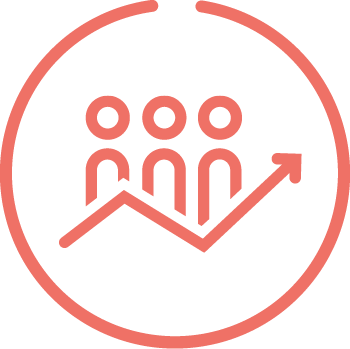
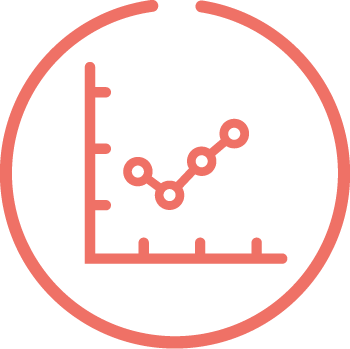
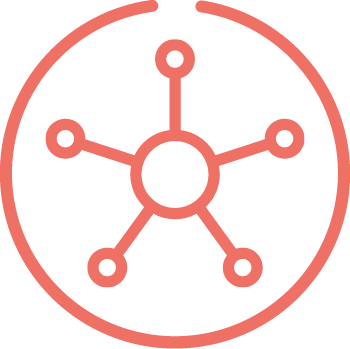
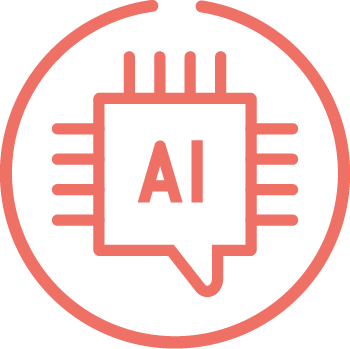

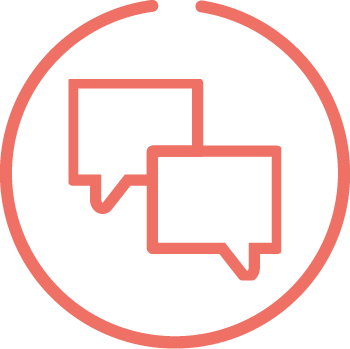

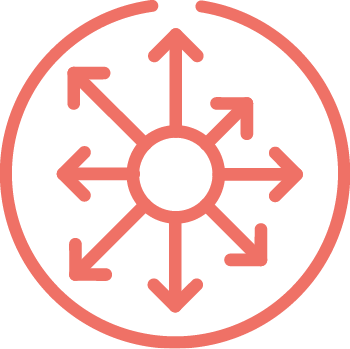
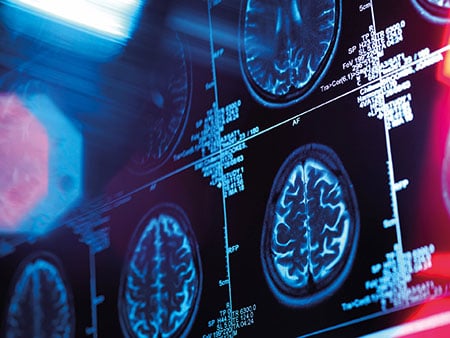
%202.jpg)







